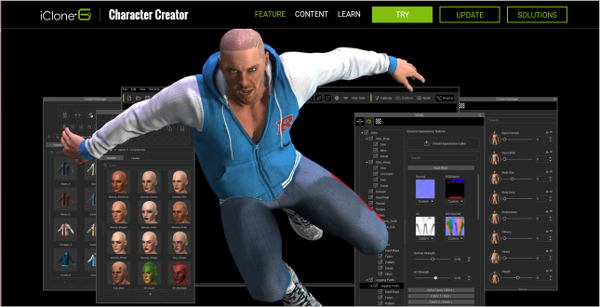


For middle-aged Australian women, BOADICEA and IBIS had the highest discriminatory accuracy of the six risk models, but apart from BOADICEA, no model was well-calibrated across the risk spectrum.īreast cancer risk models are currently used in familial cancer clinics by genetic counsellors to stratify women and inform risk-tailored advice on the optimal age range, frequency, and modality of screening for those at high risk.

The performance of BOADICEA and IBIS was similar across age groups and for women with or without a family history. No model except BOADICEA calibrated well across the spectrum of 15-year risk ( p-value < 0.03). C-statistics were higher for BOADICEA (0.59, 95% confidence interval (CI) 0.56–0.62) and IBIS (0.57, 95% CI 0.54–0.61) than the other models ( p-difference ≤ 0.04). Risk discrimination was assessed using the C-statistic and calibration using the expected/observed number of incident cases across the spectrum of risk by age group (50–54, 55–59, 60–65 years) and family history of breast cancer. 15-year risk scores were estimated using lifestyle factors and family history measures from 7608 women in the Melbourne Collaborative Cohort Study who were aged 50–65 years and unaffected at commencement of follow-up two (conducted in 2003–2007), of whom 351 subsequently developed breast cancer. We evaluated the performance of six commonly used breast cancer risk models (IBIS, BOADICEA, BRCAPRO, BRCAPRO-BCRAT, BCRAT, and iCARE-lit). Prospective validation of risk models is needed to assess their clinical utility, particularly over the longer term.


 0 kommentar(er)
0 kommentar(er)
